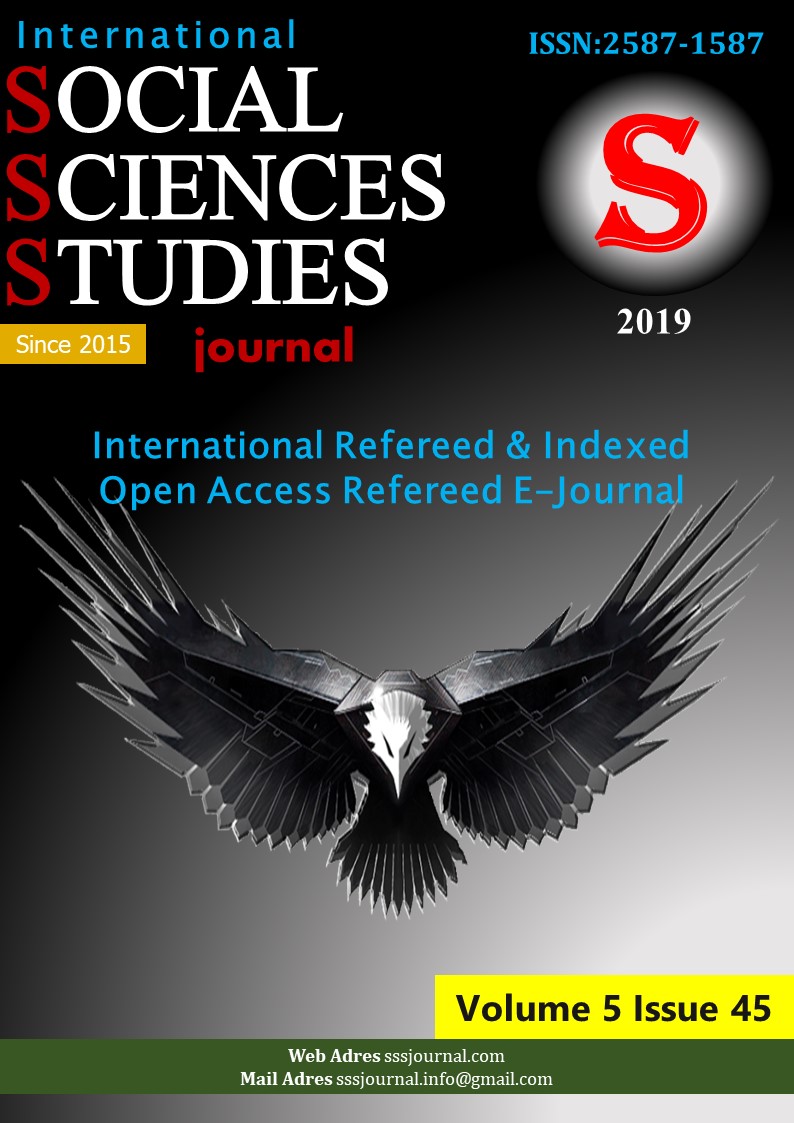Author :
Abstract
İnsan genom projesinin tamamlanması ve moleküler genetikteki gelişmeler genetik hastlalıkların teşhisini kolaylaştırmıştır. Son 20 yılda bu konuda elde edilen bilgiler hızlı güvenilir bir biçimde genetik hastalıkların belirlenmesine olanak tanımıştır. DNA’nın keşfi, lenfosit hücre kültüründen metafaz plaklarının elde edilmesi ve preparat boyama yöntemleri, kromozomlarda oluşan sayısal ve yapısal düzensizleri mikroskop altında görülmesini sağlamıştır. Sitogenetik olarak tanımlanan bu alanda son 50 yılda büyük gelişmeler yaşanmıştır. Bu çalışmada daha çok X kromozomu ile ilgili Frajil X mental retardasyon olgularının sitogenetik yöntemler ile belirlenmesi üzerinde durularak, optimize edilmiş laboratuvar prosedürü verilmiştir. Ayrıca kromozom kırıklarının belirlenmesinde kullanılan sister kromatid exchange metoduna değinilmiştir. Bu yöntemler ile elde edilen boyanmış metafaz plakların orjinal fotoğrafları çalışmada gösterilmiştir. Kan kültürü ve boyama prosedürü aşamalarını her laboratuvar kendi koşullarına göre modifiye ederek daha iyi sonuçlar elde edebileceğini düşünmekteyiz.
Keywords
Abstract
The completion of the human genome project and advances in molecular genetics have facilitated the diagnosis of genetic diseases. The information gained over the last 20 years has enabled rapid and reliable identification of genetic diseases. The discovery of DNA, obtaining metaphase plates from lymphocyte cell culture, and preparation staining methods have led to the visualization of numerical and structural defects in chromosomes under a microscope. There have been great developments in this field which is defined as cytogenetics in the last 50 years. In this study, an optimized laboratory procedure has been given with emphasis on the identification of fragile X mental retardation cases related to X chromosome by cytogenetic methods. In addition, sister chromatid exchange method used in the determination of chromosome fractures is mentioned. The original photographs of the stained metaphase plates obtained by these methods are shown in the study. We believe that each laboratory can achieve better results by modifying the blood culture and staining procedure steps according to their own conditions.
Keywords
- 3. GÜNDÜZ, C., ÇOĞULU, Ö., ÖZKINAY, C., TÜTÜNCÜOĞLU, S., SAPMAZ, G., KÖSEM, M., & ÖZKINAY, F. (2000). IDIYOPATIK MENTAL RETARDASYONLARDA FRAJIL-X SENDROMU ARAŞTIRILMASI. EGE TIP DERGISI, 39(2), 97-104.
- 4. Kremer, E. J. (1991). Pritchard Mi Lynch M, Yu S, Holman Ki Baker E, VVarnen ST, Schlessinger D, Sutherland Gr, Richard Rl, Mapping of DNA instability at the Fragile X to a trinucleotide repeat sequence p (CCG) n. Science, 252, 1711-14.
- 5. Kremer, E. J. (1991). Pritchard Mi Lynch M, Yu S, Holman Ki Baker E, VVarnen ST,
- 7. ÖZBEY, Ü., YÜCE, H., & KARA, M. (2007). Applications of Cytogenetic and Fragile X Molecular Testing in Individuals with Mental Retardation. Fırat Tıp Dergisi, 12, 269-272.
- 8. Moore, D. W. (1992). New developments in the fragile X syndrome. BMJ: British Medical Journal, 305(6847), 208.
- 9. Turner, A. M., Robinson, H., Wake, S., Laing, S. J., Leigh, D., & Turner, G. (1994). Counselling risk figures for fragile X carrier females of varying band sizes for use in predicting the likelihood of retardation in their offspring. American journal of medical genetics, 51(4), 458-462.
- 10. Watson, M. S., Breg, W. R., Pauls, D., Brown, W. T., Carroll, A. J., Howard‐Peebles, P. N., ... & Shapiro, L. R. (1988). Aneuploidy and the fragile X syndrome. American journal of medical genetics, 30(1‐2), 115-121.
- 11. Krawczun, M. S., Jenkins, E. C., & Brown, W. T. (1985). Analysis of the fragile-X chromosome: localization and detection of the fragile site in high resolution preparations. Human genetics, 69(3), 209-211.
- 12. Hagerman, R. (1992). Clinical conundrums in fragile X syndrome. Nature genetics, 1(3), 157.
- 13. Prieur, F., Bruyère, H., de Fréminville, B., Adouard, V., Lauras, B., & Bertheas, M. F. (1995). Retard mental et syndrome de fragilité du chromosome X. Archives de pédiatrie, 2, S50-S53.
- 14. Alliende, R., Angélica, M., Curotto, L., Valiente, G., Toro, J., Santa María, L., & González, R. (2007). DIAGNOSTICO CITOGENETICO-MOLECULAR DEL SINDROME Xq FRAGIL. Revista Chilena de Tecnología Médica, 27(1).
- 15. Väisänen, M. L., Kähkönen, M., & Leisti, J. (1994). Diagnosis of fragile X syndrome by direct mutation analysis. Human genetics, 93(2), 143-147.
